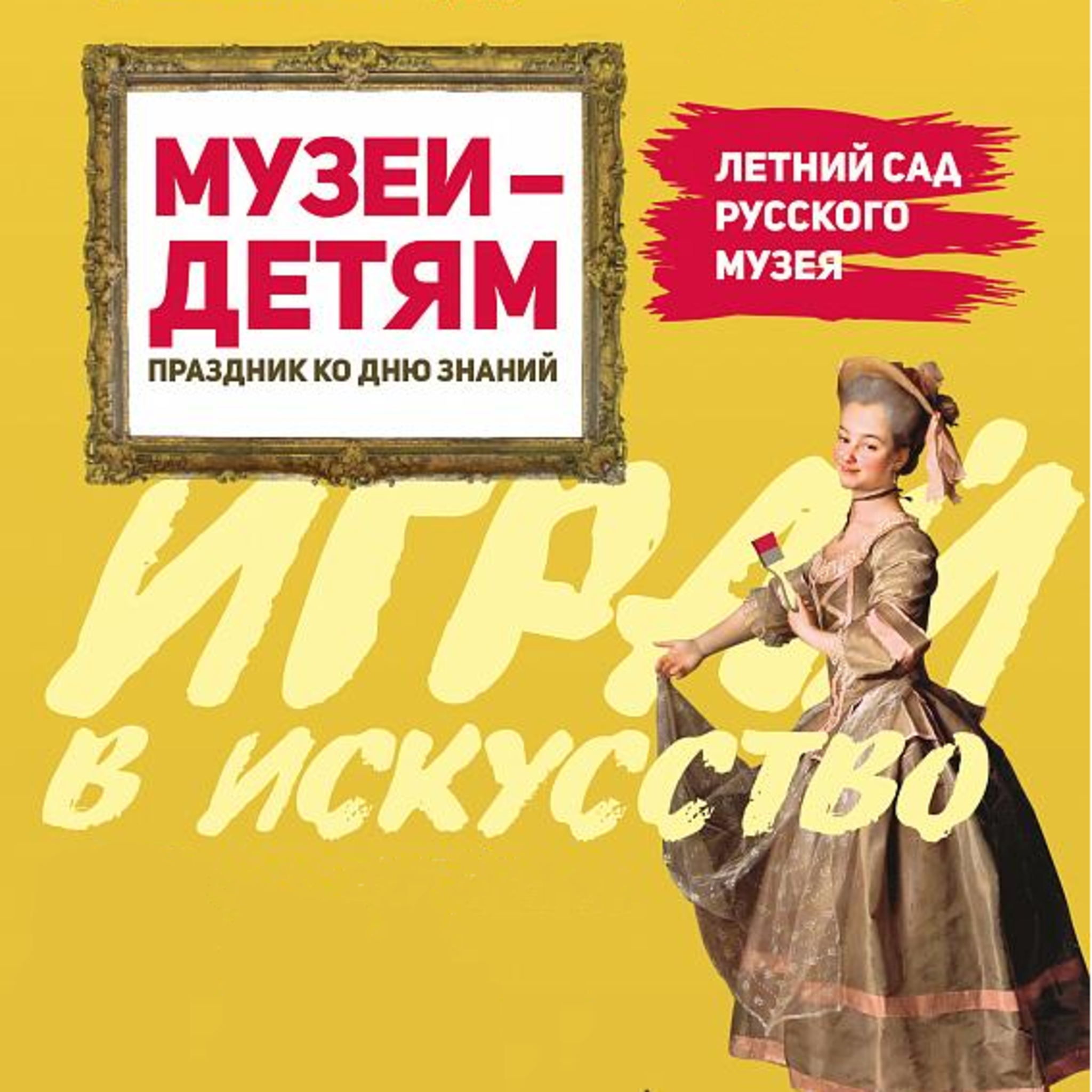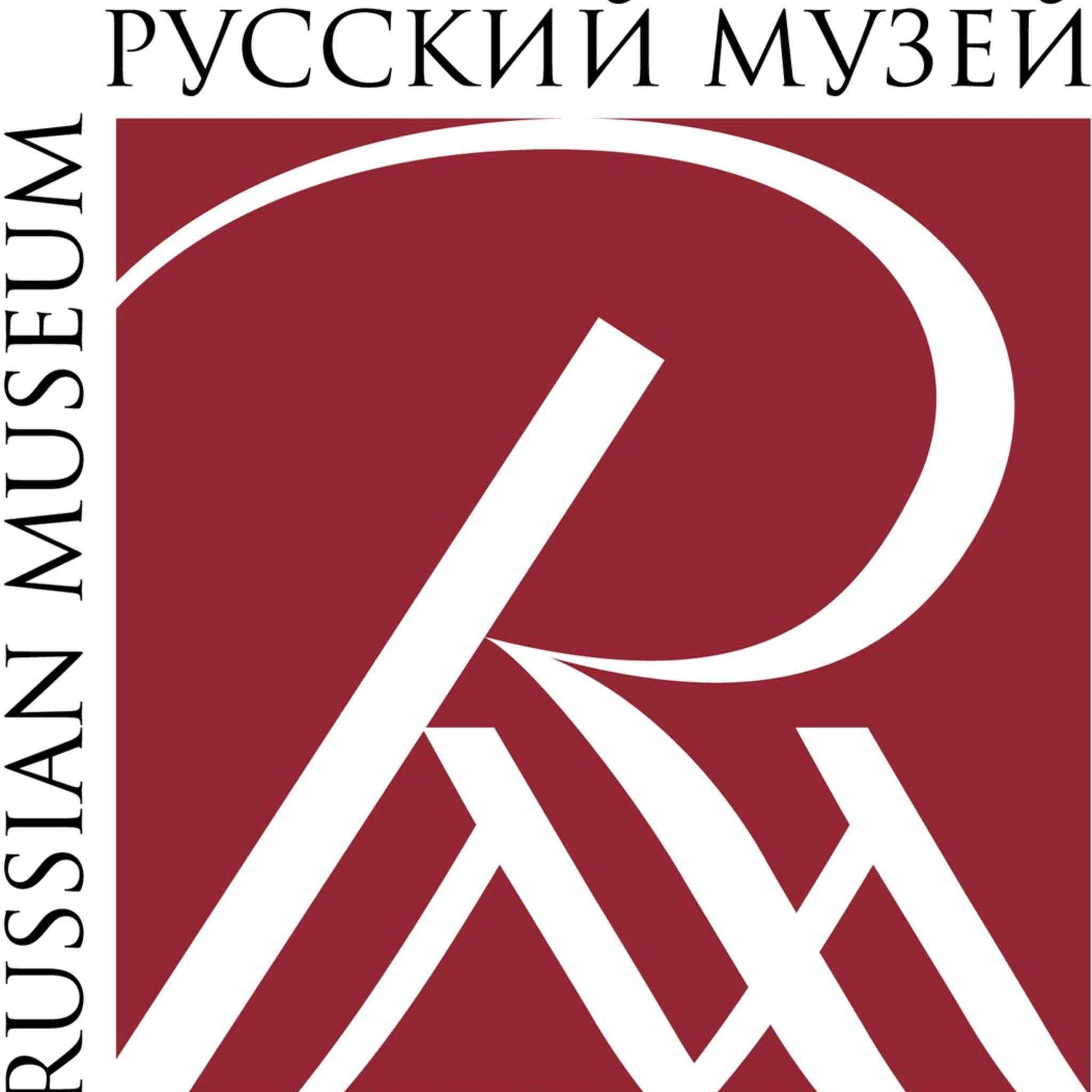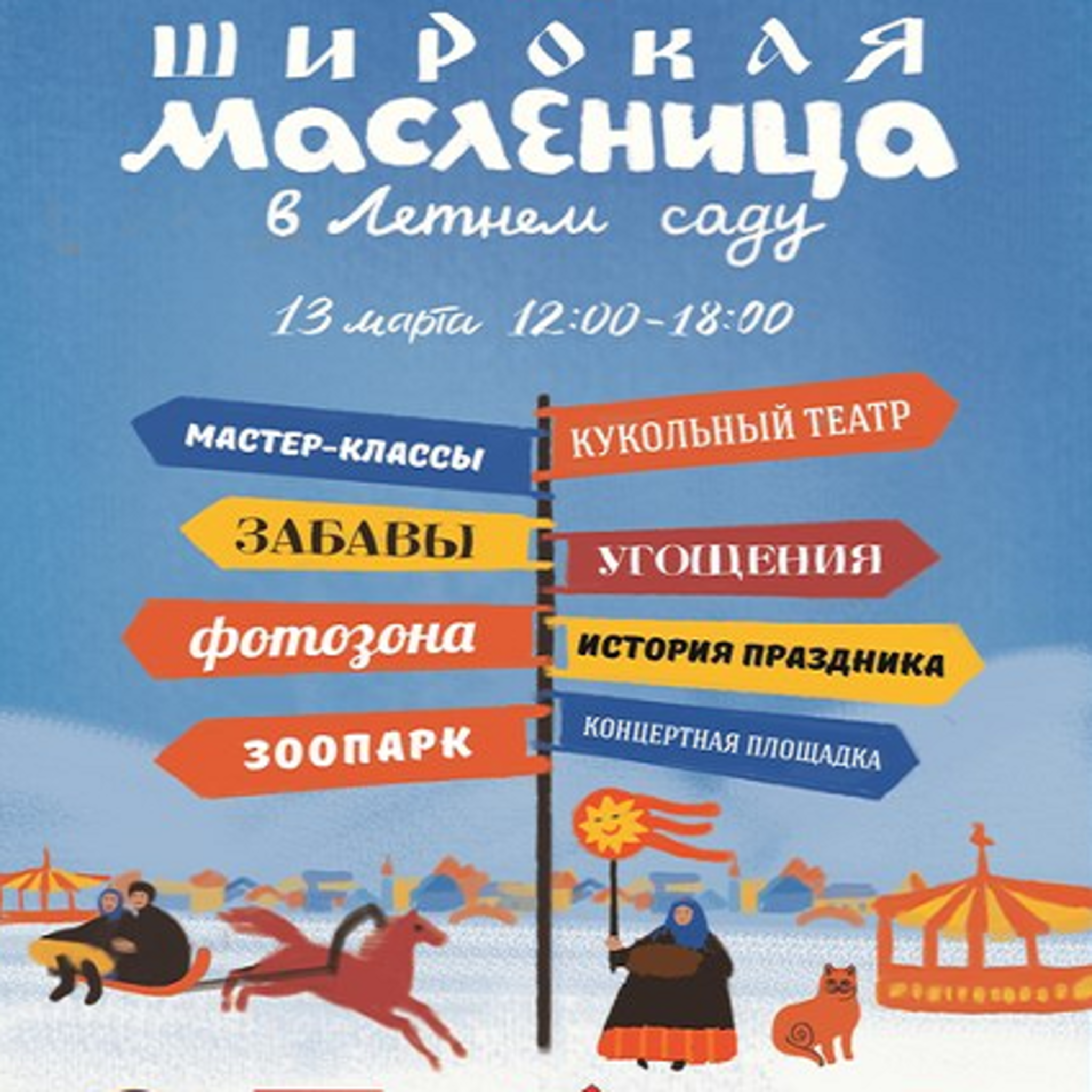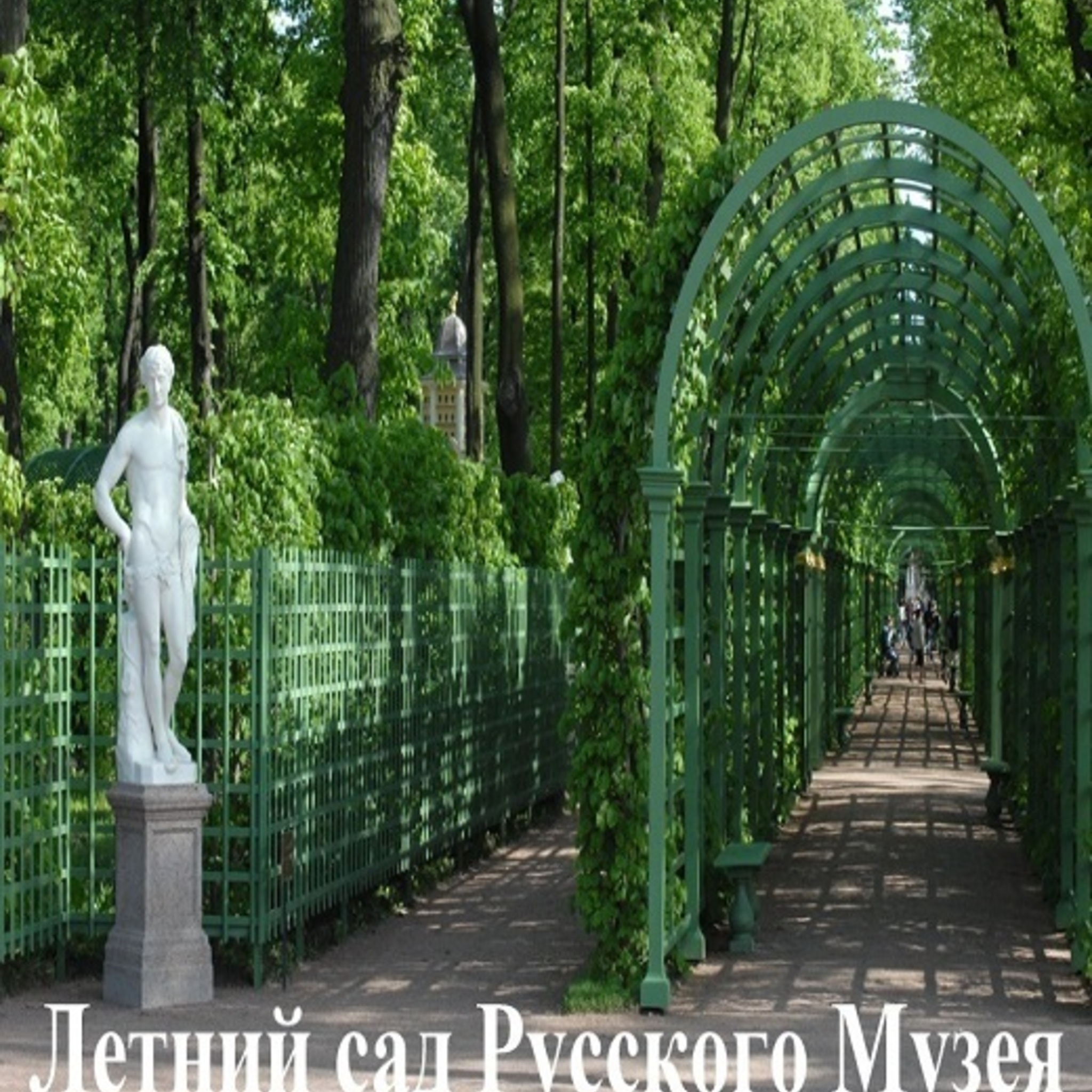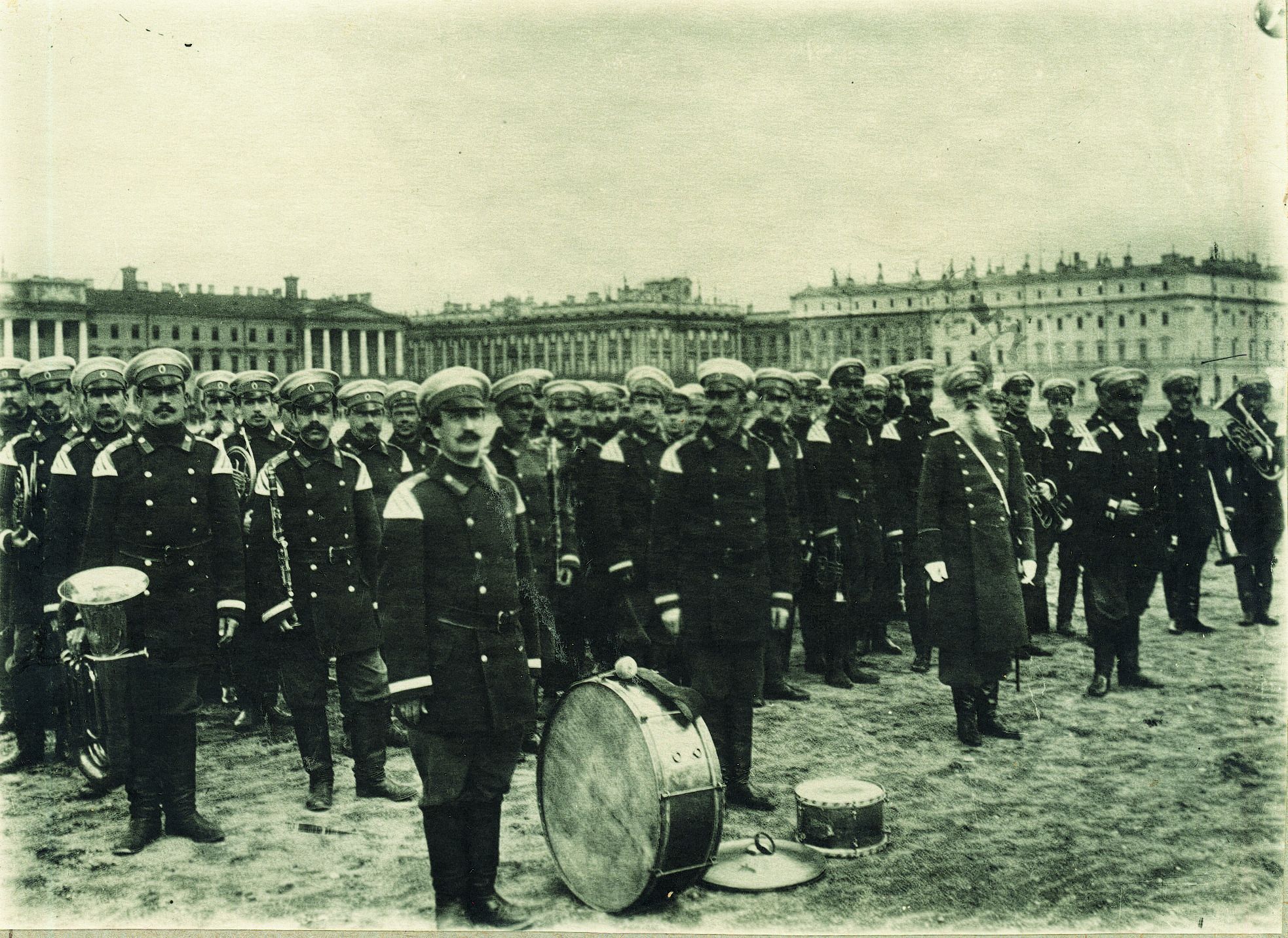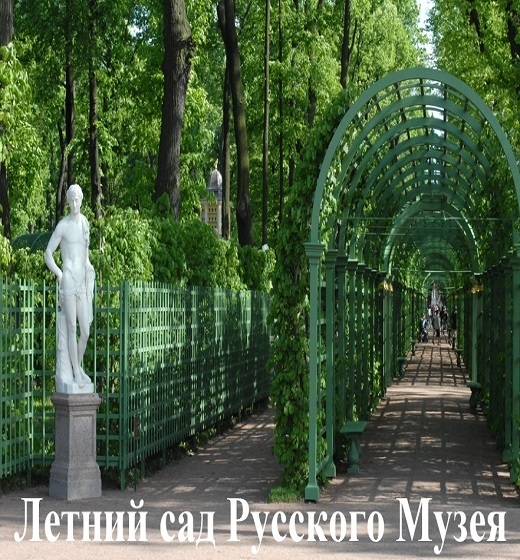

The Summer garden is a favorite brainchild of Peter I, the pearl in a green necklace of Petersburg.
In 1704 Peter I had ordered to split a large garden that was similar to the famous Western European parks that time, and he outlined his initial plan. The project were worked by Russian and foreign architects and gardeners: I. Matveev, D. Trezzini, J. – B. Leblond, A. Schluter, M. Zemtsov, F. – B. Rastrelli, gardeners, I. Roozen, I. Surmin, K. Schroder, I. Yakovlev, P. Lukyanov and others. After a few years of its existence, the Summer garden was the center of political and official life, court ceremonies and celebrations.
Almost simultaneously with the laying of the garden was started, and the Summer Palace. The author of the project was D. Trezzini, who came to Russia at the invitation of Peter the great Summer Palace of Peter the great is one of the earliest monuments of St. Petersburg. The appearance of this building reflects the architectural features of the early Petersburg: the simplicity and austerity of forms and geometric clarity of the plan.
In connection with the arrangement of the Neva river in 1784 along the North side of the garden was created Neva fence of the Summer garden by architect Y. Felten. The fence of the Summer garden is one of the best works of classicism, architectural masterpiece of world renown. Impressive monumentality surprisingly connects it with ease, simplicity and elegance.
Opposite of the Summer garden, on the right Bank of the Neva river, in the shade of spreading oaks is the first building of St. Petersburg – a wooden House of Peter I. It was built in May 1703 and it is still carefully preserved as a unique relic of the time of Peter I.
Visiting "The summer garden of the Russian Museum" is possibly only on a bell. Please, specify the working time and days of "The Summer garden of the Russian Museum" by phone + 7 (812) 595 – 42 – 48.

